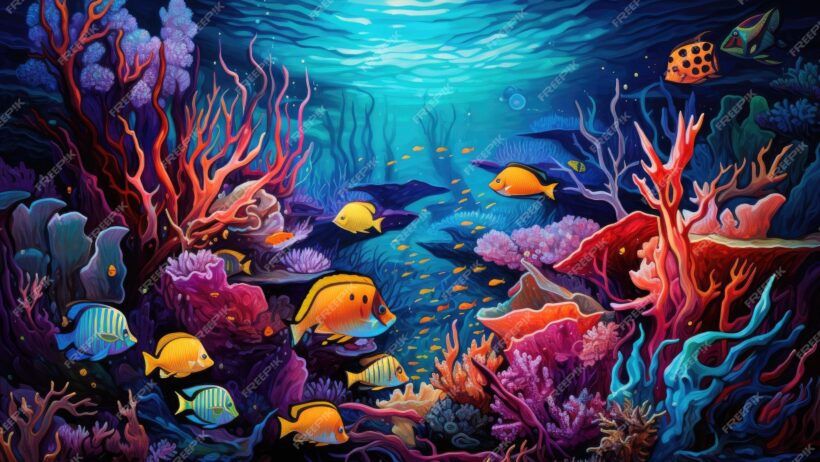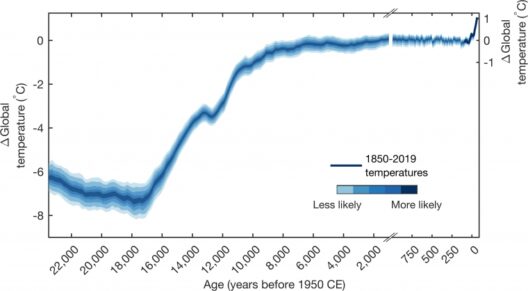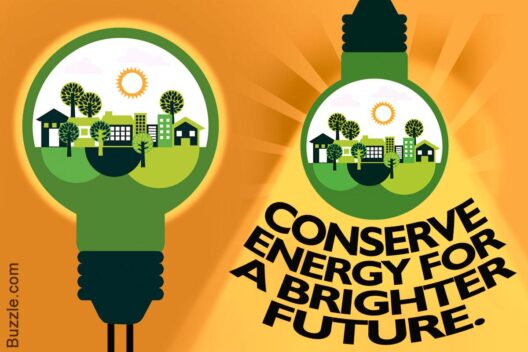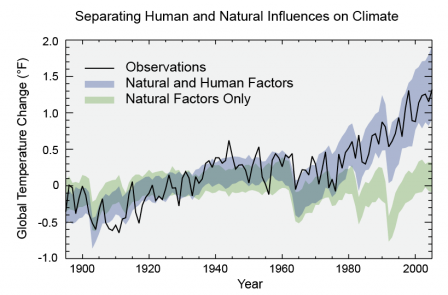Coral reefs, often dubbed the “rainforests of the sea,” embody breathtaking beauty and ecological significance. The climate surrounding coral reefs is a quintessential aspect of their existence, influencing the myriad of life forms that thrive in these underwater ecosystems. This analysis delves into the complex climatic conditions of coral reefs—factors that shape their environment, the phenomena that beset them, and the implications of climate change on these delicate structures.
Coral reefs thrive in tropical and subtropical marine environments, primarily between the Tropic of Cancer and the Tropic of Capricorn. These areas are characterized by warm sea surface temperatures, typically ranging from 65°F to 90°F (18°C to 32°C). Such temperatures are essential for coral vitality, as they are predominantly composed of tiny organisms called zooxanthellae, which provide corals with energy through photosynthesis. The warm waters of the tropics thus create a hospitable niche, vital for coral growth and development.
The clarity and salinity of the water are equally critical. Corals flourish in clear water where sunlight can penetrate, enabling the zooxanthellae to perform photosynthesis. However, pollutants and sediments can cloud the water, inhibiting light penetration and disrupting the delicate balance of coral ecosystems. Salinity levels must also remain fairly constant, as most corals cannot withstand drastic variations. The optimal salinity for reef-building corals hovers around 35 parts per thousand. Changes in salinity can occur due to freshwater influx from rivers or melting ice, with potential deleterious effects on the reef’s health.
Another fascinating dimension of coral reef climate is the phenomenon of ocean currents. These currents help regulate thermal conditions and transport nutrients essential for coral survival. Warm ocean currents can enhance coral growth by bringing in nutrients; however, excessive warming caused by climate change can lead to bleaching events. Coral bleaching occurs when corals expel the zooxanthellae due to stress from heat, pollution, or other environmental factors. Without these symbiotic organisms, corals lose their vibrant colors and are left vulnerable to disease and decline.
Weather patterns play a significant role in the dynamics of coral reef ecosystems. Tropical storms and hurricanes, although part of the natural cycle, can wreak havoc on coral structures. The violent waves and sediment displacement caused by these storms can lead to physical damage, breaking coral colonies and altering the habitat. However, some reefs have shown remarkable resilience, with certain species capable of rapid recovery under optimal conditions.
The intricate interplay of light, temperature, salinity, and currents creates a unique microclimate that is vital for the sustainability of coral reefs. This undersea environment supports an astonishing array of biodiversity. Coral reefs account for approximately 25% of all marine species, including thousands of fish species, invertebrates, and algae, each playing a pivotal role within the ecosystem. Such biodiversity contributes not only to the resilience of reefs but to global marine health.
However, the beauty and ecological significance of coral reefs face unprecedented threats due to anthropogenic climate change. The gradual increase in global temperatures is causing ocean warming, which exacerbates coral bleaching events. Moreover, rising carbon dioxide levels are leading to ocean acidification, a process that compromises the calcification of corals, making it increasingly difficult for them to build their calcium carbonate structures. The rapidity of these changes outpaces the natural adaptive mechanisms in corals, posing a dire risk to the survival of these ecosystems.
In addition to temperature fluctuations, localized threats such as overfishing and coastal development pose significant challenges. Overfishing disrupts the balance of reef ecosystems, leading to imbalances that can degrade coral health. Similarly, coastal development often results in habitat destruction and increased sedimentation, compromising the conditions necessary for coral thriving. The connectivity of reef systems means that degradation in one area can have rippling effects throughout the ecosystem.
Fortunately, there is a growing global awareness of the need for conservation efforts aimed at protecting coral reefs. Marine protected areas (MPAs) have been established in various regions, providing refuge where fishing and development are restricted, allowing delicate ecosystems to flourish. Restoration projects are also under way to rehabilitate damaged reef areas using techniques such as coral gardening, which aims to propagate and transplant corals to areas where they have been depleted.
Public education plays a pivotal role in coral reef conservation. By raising awareness about the importance of reefs and the threats they face, individuals can advocate for sustainable practices. For instance, responsible tourism, reductions in plastic use, and supporting sustainable seafood can lead to healthier reef ecosystems. Each action contributes to the larger narrative of reef conservation, underscoring the interdependence of human and environmental health.
The climate of the coral reef is a testament to the profound interconnectedness of life beneath the waves. It is a delicate balance of factors that not only supports an exquisite array of marine life but also reflects the deeper complexities of our planet’s systems. As guardians of this underwater wonder, it is incumbent upon us to understand, respect, and protect these vital ecosystems. The fate of coral reefs serves as a poignant reminder of the fragility of nature and the urgent need for collective action against climate change. Now more than ever, safeguarding these underwater treasures has never been more critical.







